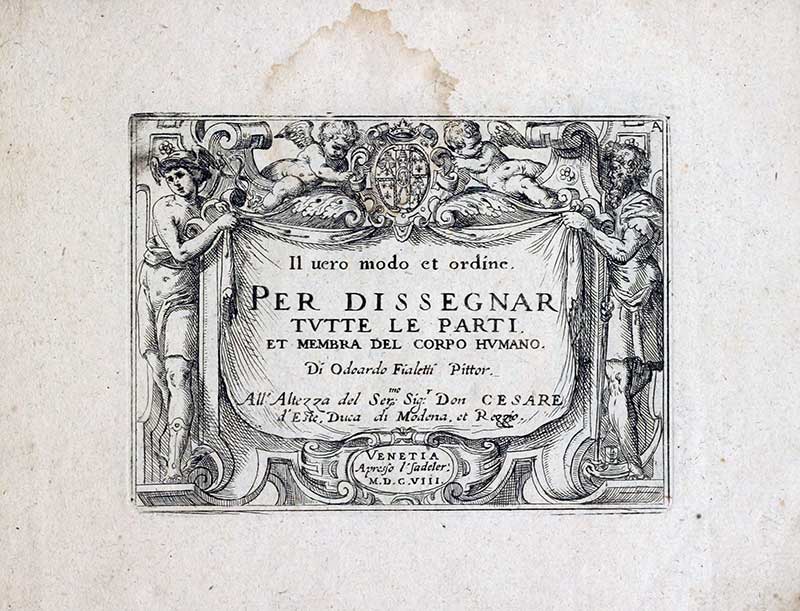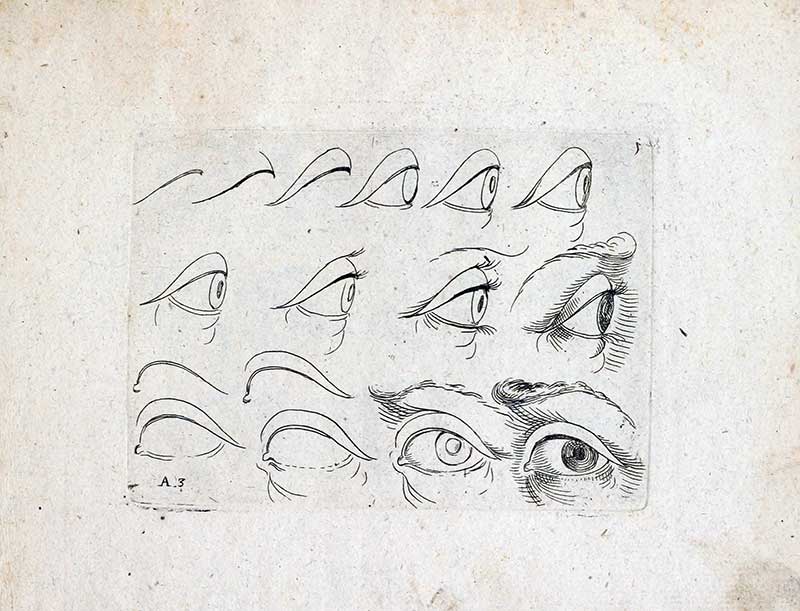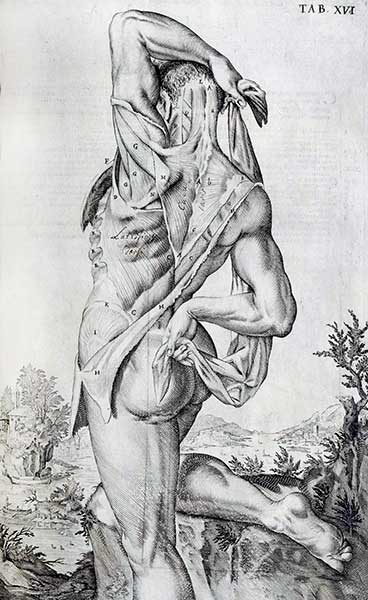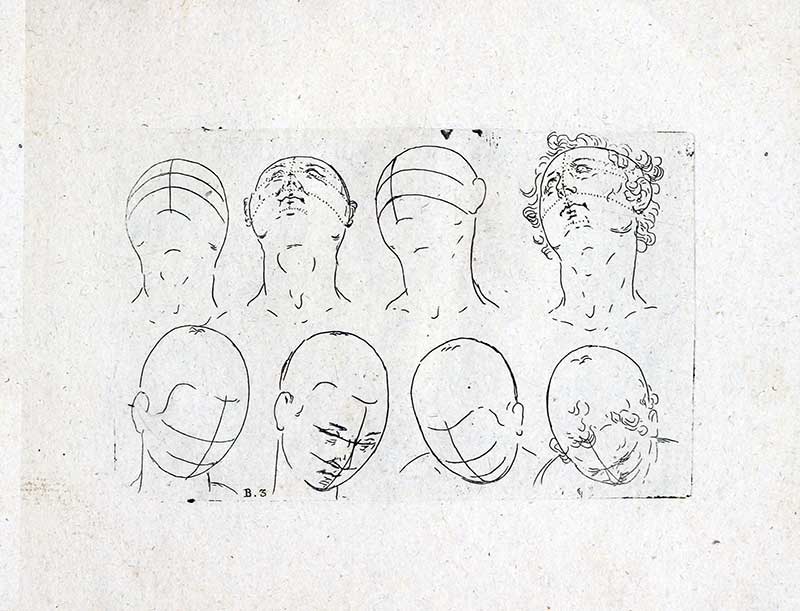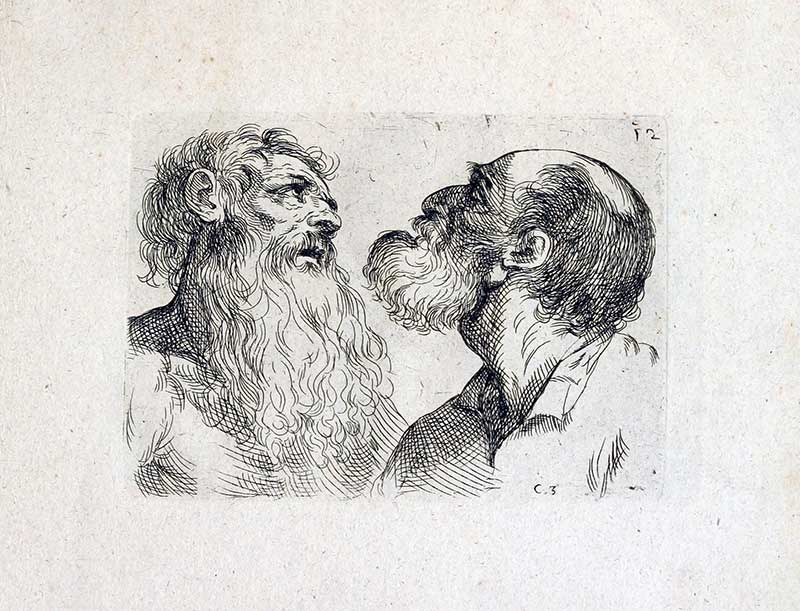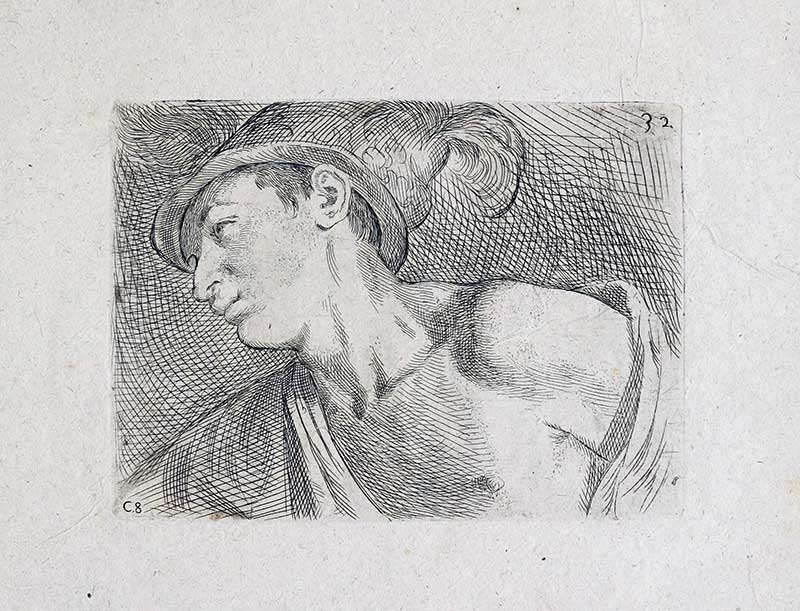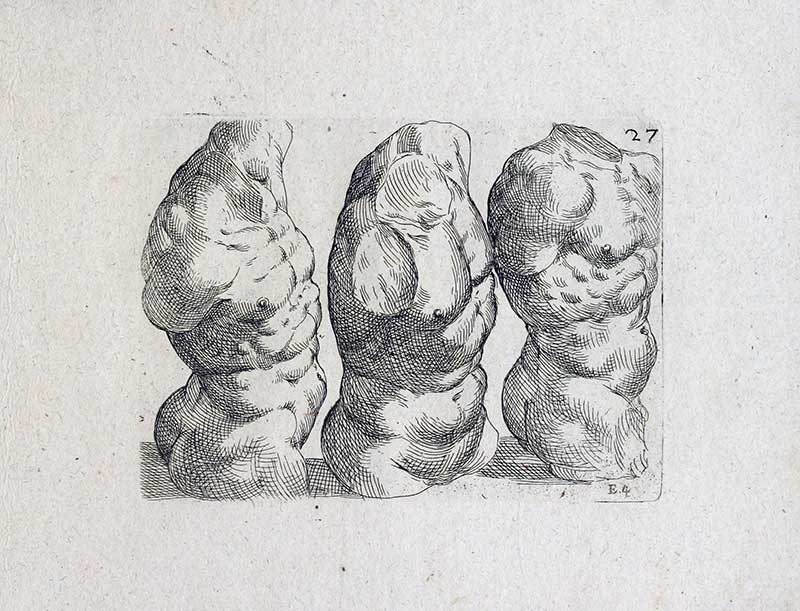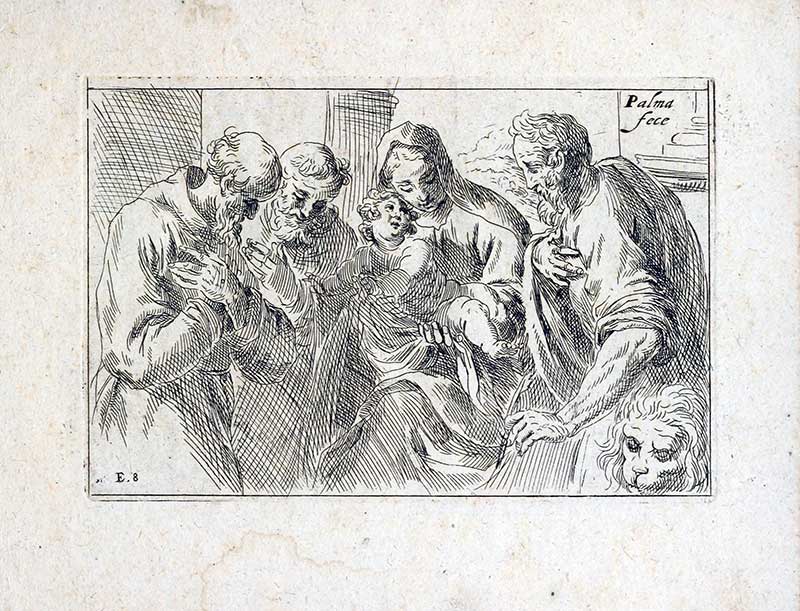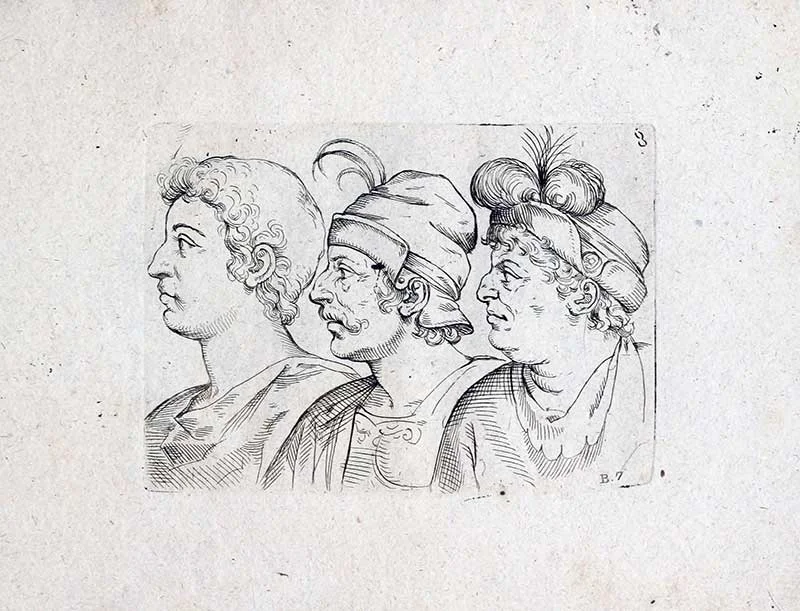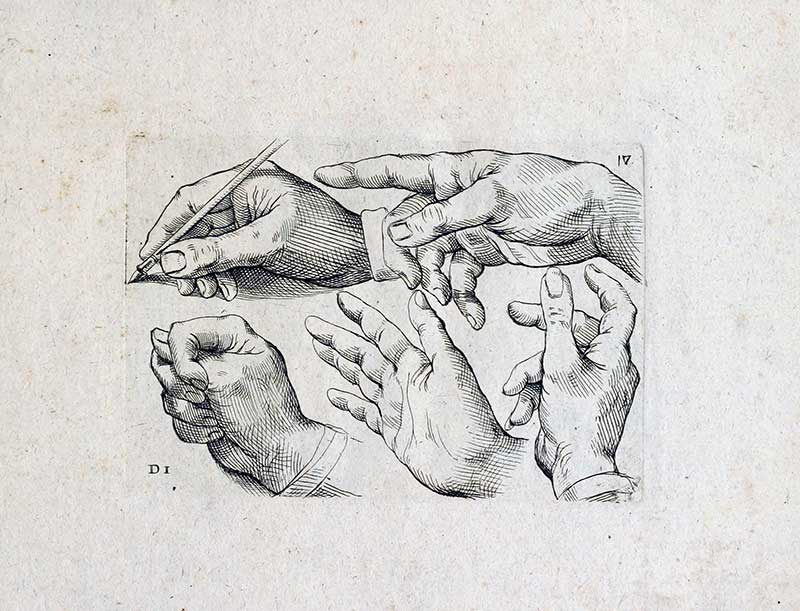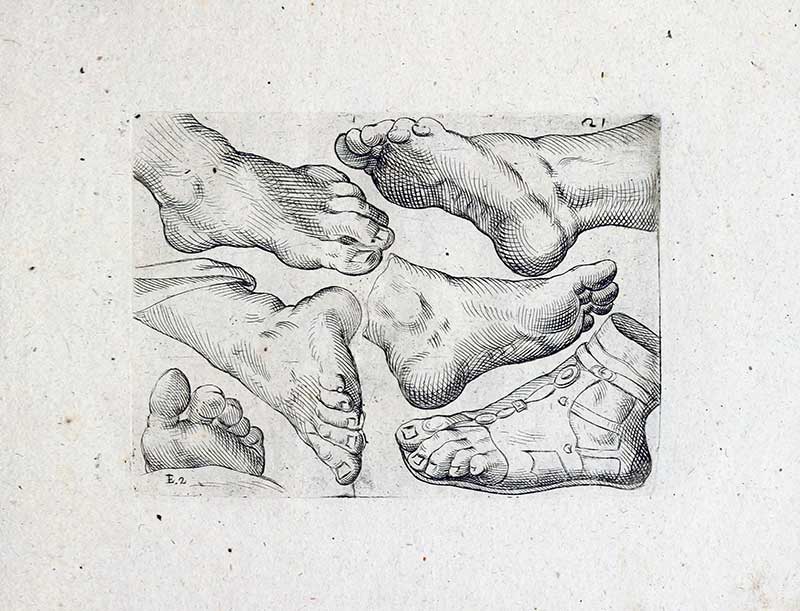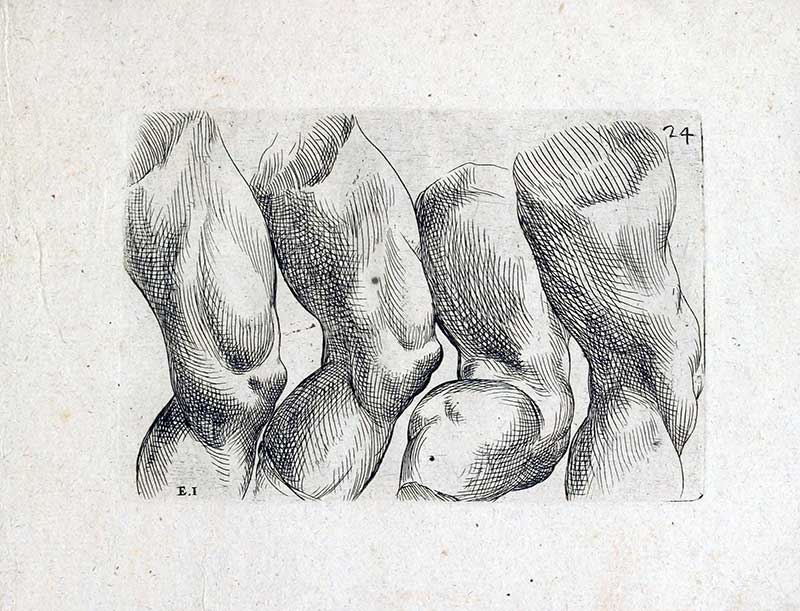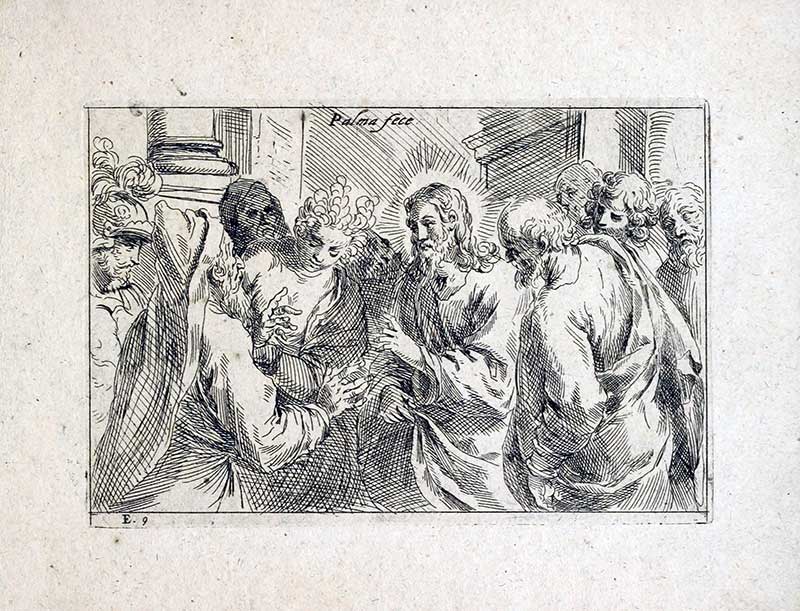1st Lecture 2016 »The Intentional Space of Drawing«
„Because we are in the world, we are condemned to meaning, and we cannot do or say anything without its acquiring a name in history.“ Maurice Merleau-Ponty
To become a master of visual languages, we have to combine three parts:
1. the knowledge about perception
2. the knowledge about our already existing ability to draw (i.e. to paint, to design and so on)
3. to draw (i.e. to paint, design, and so on)
If we have succeeded, to combine these three parts to one drawing, we have created a space of shared intentionality.
At the Academy of Visual Arts, Frankfurt we started the research on The Intentional Space of Drawing in February 2011 with a project named „knotunknot“, a social choreography by Dana Casperson and William Forsythe.
Dana and William had defined the conditions for the conversations, i.e. the conditions of the social choreography: „25 tables with a size of 70 by 70 cm, four persons per table, a list of questions, a limited period of time to respond and a request for no interruption.“
Our interest was focused on the space between the participants, especially the space between their hands which moved on the surface of the table. How will the space between those who are speaking, be changed while they are speaking? How could we capture the shape of the interaction? How could we make visible the space of language and with it the interwoven intentionalities of the participating persons which defines the structure of every language in recursive determination?
The two most important questions which are underlying our artistic research are: How to come from the movement of the body to language? How can this process be shown in drawings (in the respective current moving, traced by the act of drawing), as the fundamental basis of every kind of message?
Drawing is to be understood as the groundwork for every cultural development. To draw, in its concrete manner, means to connect one point within a system of co-ordinates with another point. The question of, where to find and how to define the system of coordinates is one of the earliest questions of mankind, obviously caused by observing the constellations. The primary answer which the stars gave was the definition of where we are and in which way we could reach the point of our destination, to understand in a graphical manner, from which the technique of navigation arose.
With the question of, how to describe our own position, involuntarily arose the question about Identification and Transformation; how to identify who we are, why we are and what is our goal in life and how we have to transform ourselves to reach this goal.
To answer all these questions, we use drawing as our primary tool. Drawing is not only a technique to copy something from the visible world (this kind of drawing first had its meaning within the Renaissance) but is a use of lines (from point to point) which is the equal groundwork for the signs of letters and the signs of pictures.
Like Michael Tomasello describes in his book „The Origin of Human Communication“ (MIT Press, Cambridge/London, 2008), every kind of communication, the speaking as well as the drawing or writing, is based on the movements of the human body: to show and ensure our common intentionality what means to ensure the social relations of our positions, identifications and transformations. Tomasello calls this "shared intentionality".
The French philosopher Maurice Merleau-Ponty claims that there are two distinct ways in which we can understand the place (therewith his relation to our intentionality) of an object (that could be an natural object or an object of use, a human figure as well as an animal or a room like a cave, the inside of a house or a cathedral) when we are visually apprehending it. The first involves an intentional relation to the object that is essentially cognitive or can serve as the input to cognitive processes; the second irreducibly involves a bodily set or preparation to deal with the object. Because of its essential bodily component, Merleau-Ponty calls this second kind of understanding ‘motor intentionality’.
In this semester we try to find out how the "motor intentionality" creates the "intentional space of drawing“, which refers to Tomasello’s "shared intentionality“.
Our method is to confront text passages of Merleau-Ponty's "Phenomenology of Perception" with text passages of Cennino Cennini's "The Book of Arts".
In addition to the text passages we will examine some drawings, which were used for textbooks of drawing and painting. We start with the Bolognese artist Odoardo Fialetti (1573 - 1638).
